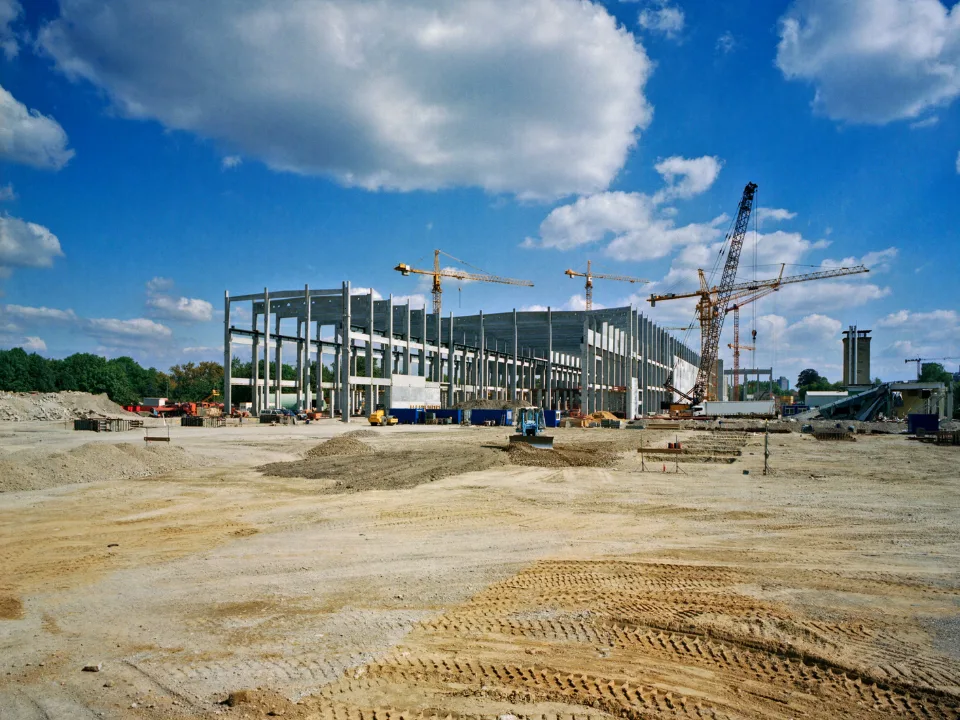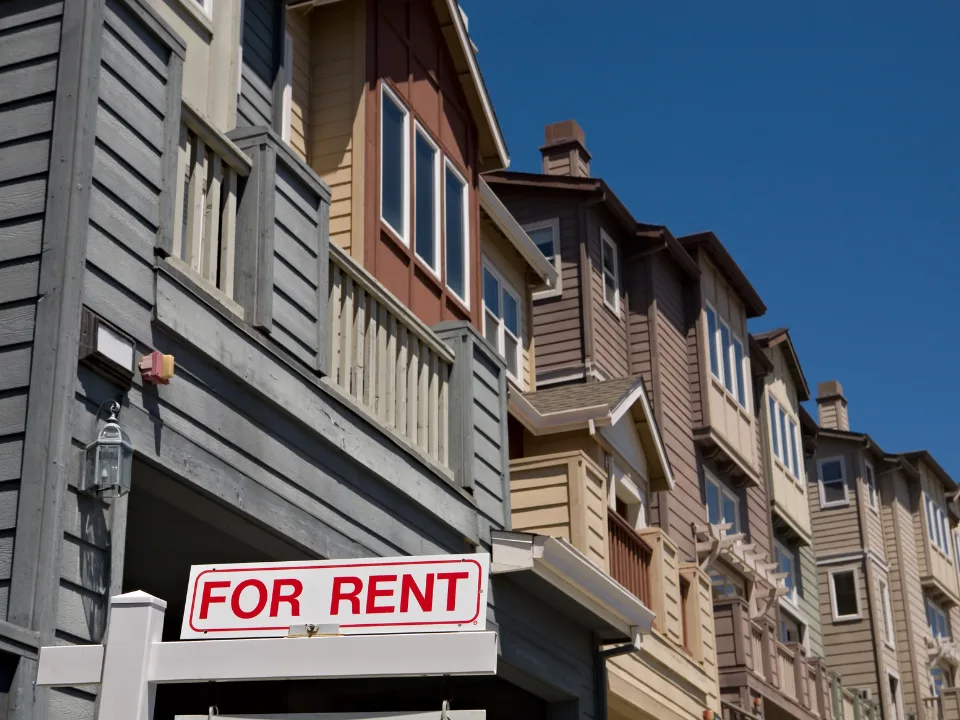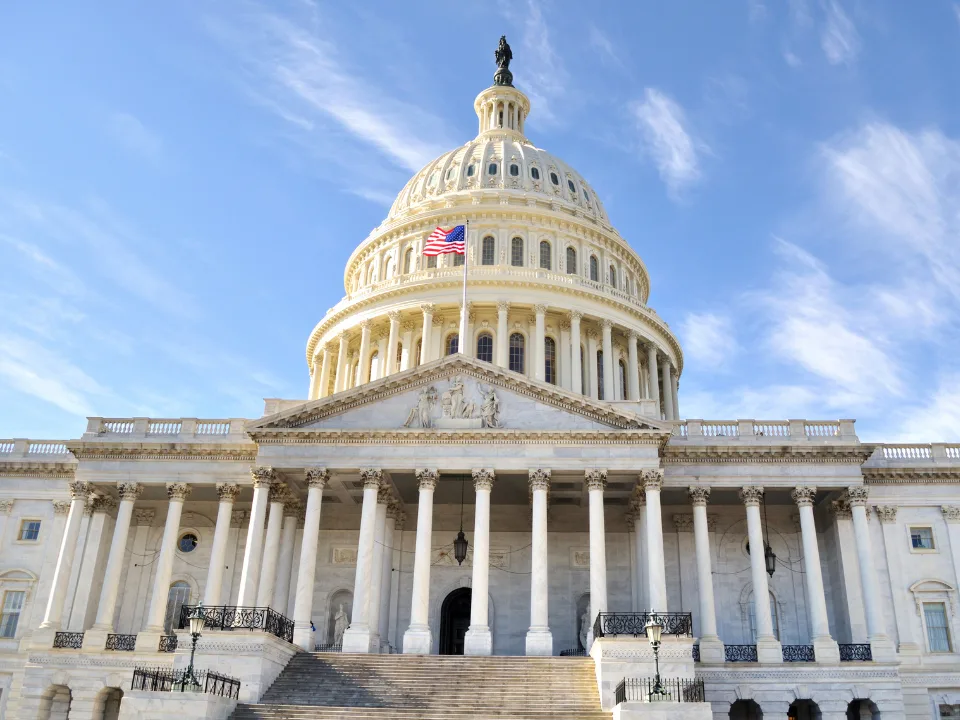- Tariff impact has not yet reached consumers, but rising input costs point to future inflationary pressure.
- Manufacturing production costs are increasing, signaling potential price hikes if consumer demand holds.
- Utility cost surges are straining multifamily landlords, especially in mid-market and affordable housing.
- Trade uncertainty may weaken industrial space demand as manufacturers delay capital investment.
Inflation Holding, But Not For Long
April’s inflation data painted a stable picture for consumers — at least for now, reports GlobeSt. According to Marcus & Millichap, headline CPI increased 0.2% in April, while core inflation (excluding food and energy) held at 2.8% year-over-year. The short-term stability comes as a 90-day pause in escalating US-China tariffs provided temporary relief. However, that stability masks rising risks, as existing tariffs and higher input costs threaten to push inflation higher in the months ahead.
Production Costs On The Rise
Even though consumer prices have yet to spike, inflationary pressures are building behind the scenes. The ISM Manufacturing Prices Paid Index—often a leading indicator of future inflation—climbed to its highest level since mid-2022, largely due to rising raw material prices. As inventory cycles turn over, these higher costs are likely to flow through to consumer goods, particularly if demand remains resilient, intensifying overall inflation risk in the coming months.
Get Smarter about what matters in CRE
Stay ahead of trends in commercial real estate with CRE Daily – the free newsletter delivering everything you need to start your day in just 5-minutes
Retailer Resistance & CRE Implications
Retailers are facing a challenging pricing environment, with household budgets stretched and consumer confidence softening. This could limit their ability to pass through rising costs, increasing financial strain across the supply chain. Marcus & Millichap warns this may lead to weaker demand for big-box industrial space and delayed development activity—particularly concerning for logistics and manufacturing hubs.
Multifamily Pressures Mount
Utility prices—a volatile CPI component—rose 1.5% in April, adding another layer of expense for multifamily landlords and tenants. With many property owners reluctant to pass on rising utility bills to cost-sensitive renters, operating margins are tightening. In response, landlords may increasingly invest in energy efficiency upgrades or look to shift utility burdens to tenants.
Autos Unshaken, For Now
New vehicle prices held steady in April, suggesting auto supply chains have not yet felt the brunt of trade disruptions. However, looming 25% tariffs on imported parts, steel, and aluminum could challenge automakers going forward. Manufacturers are taking a cautious stance, delaying capital investment amid trade uncertainty.
What’s Next
Tariff-driven cost pressures are likely to show up in consumer prices over the coming months, depending on how long current trade policies hold. For CRE stakeholders, the impact could ripple through industrial demand, construction pipelines, and property operations—particularly in sectors sensitive to utility and input costs. This adds to the broader inflation risk, as sustained cost increases may eventually pressure pricing across both consumer goods and commercial real estate operations.
As Marcus & Millichap notes, “The extent of pass-through will depend on the strength of consumer demand.” For now, the market is in a holding pattern—but not for long.

















